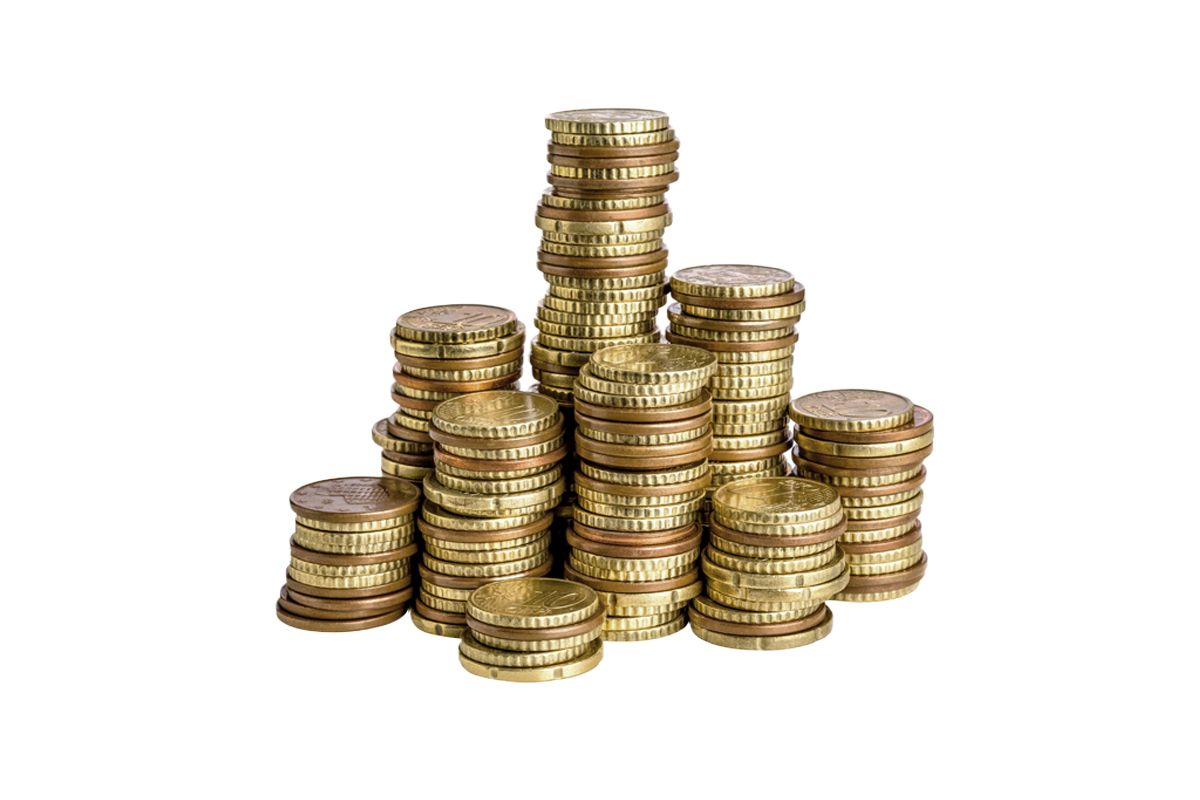Let’s talk about money: how does the EU budget work?

date: 11/09/2020
The EU's long-term budget is also often referred to as the multiannual financial framework (MFF). It sets the limit on how much money the EU can spend in different policy areas over a period of seven years. The current cycle runs from 2014-2020. So from next year on, the EU needs a new long-term budget. Negotiations are ongoing.
The idea of having a long-term budget dates back to the 1980s. A long runtime makes it easier to plan the programmes the EU wants to fund and increases their efficiency. This predictability is necessary not only for the finance Ministries of member states, but also more concretely, for example, for researchers who work on scientific projects that take several years to complete.
What does the EU spend money on?
The budget is usually divided into a few broad categories called 'headings' in EU jargon. In 2014-20 budget there are six headings (check our website if you want to know exact figures and headings)
Hundreds of thousands of beneficiaries such as student farmers, scientists, non-governmental organisations (NGOs), businesses, towns, regions and many others profit from a wide range of programmes and funds. Youth programmes like Erasmus+, which allows over 4 million young people to study and train abroad, would not be possible without the financial support of the EU. The same applies to the environment and climate programme LIFE, or Europe’s satellite navigation system Galileo, and so many others.
The money allocated in the MFF is spent through annual budgets. Each category has a ceiling on how much the EU may spend. These ceilings act as credit card limits.
How is the EU budget funded?
The main sources of income are:
► contributions from all 27 member states
► import duties on products from outside the EU
► fines imposed on companies that break EU competition rules
National contributions from the member countries are the largest source of the EU budget and are calculated based on their gross national income.
Some comparisons
► National governments in the EU spend more than 50 times what the EU does through its budget
► EU spending represents about 1% of the total value of the EU economy (gross national income of all EU countries); by contrast, an average national budget in the EU is 46% of the value of its economy
► The EU budget costs the average citizen less than a cup of coffee per day
In fact, the EU budget is smaller than the budgets of Austria or Belgium, and 94% of what is paid into the EU budget is spent in EU countries on policies and programmes that benefit citizens directly.
How is the EU's long-term budget decided?
The EU budget is decided democratically! Before the ongoing long-term budget expires, the European Commission makes a proposal for the next one. This is used as a basis for negotiations by the European Parliament and the Council, which brings together ministers from all EU countries. The budget must be agreed unanimously by the Council and approved by the European Parliament. Leaders are closely involved throughout the negotiations and weigh in with political guidance when necessary on the most sensitive points. This guidance from the top, as the one provided in July, helps the Council solve remaining issues and reach an understanding that has the support of all 27 member states.
However, despite the many figures, contributions and negotiations, it is important to always keep in mind that the budget is about more than money. It is a tool for Europe's future and it reflects what are Europe's priorities for the next seven years.
Take a look at this video about the EU's long-term budget.
